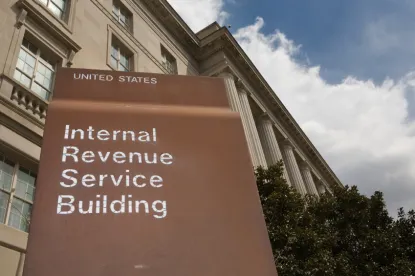Since the concept of a safe harbor 401(k) plan was first introduced in 1996 as part of the Small Job Protection Act of 1996, the IRS has broadly sought to limit the ability of plan sponsors to make changes to safe harbor plans after the start of the plan year. Unfortunately, however, the IRS provided relatively little official guidance on what sort of changes would be permitted, leaving practitioners to take a conservative stance and generally avoid any mid-year change, no matter how tangential to a plan’s safe harbor design. This cramped view about what types of mid-year changes were permitted caused at least some 401(k) sponsors to hesitate to implement a safe harbor design.
Fortunately, in Notice 2016-16, the IRS has signaled a much more flexible approach that allows for most mid-year changes. Specifically, mid-year changes are allowed as long as
-
certain explicitly-prohibited changes are avoided, and
-
the plan administrator provides an updated notice describing any changes that affect the required items of information in a plan’s pre-year notice (and participants are given the opportunity to change their deferral election, if needed).
The attached questions and answers provide a general roadmap for analyzing any particular mid-year change to a safe harbor 401(k) plan.



 />i
/>i

